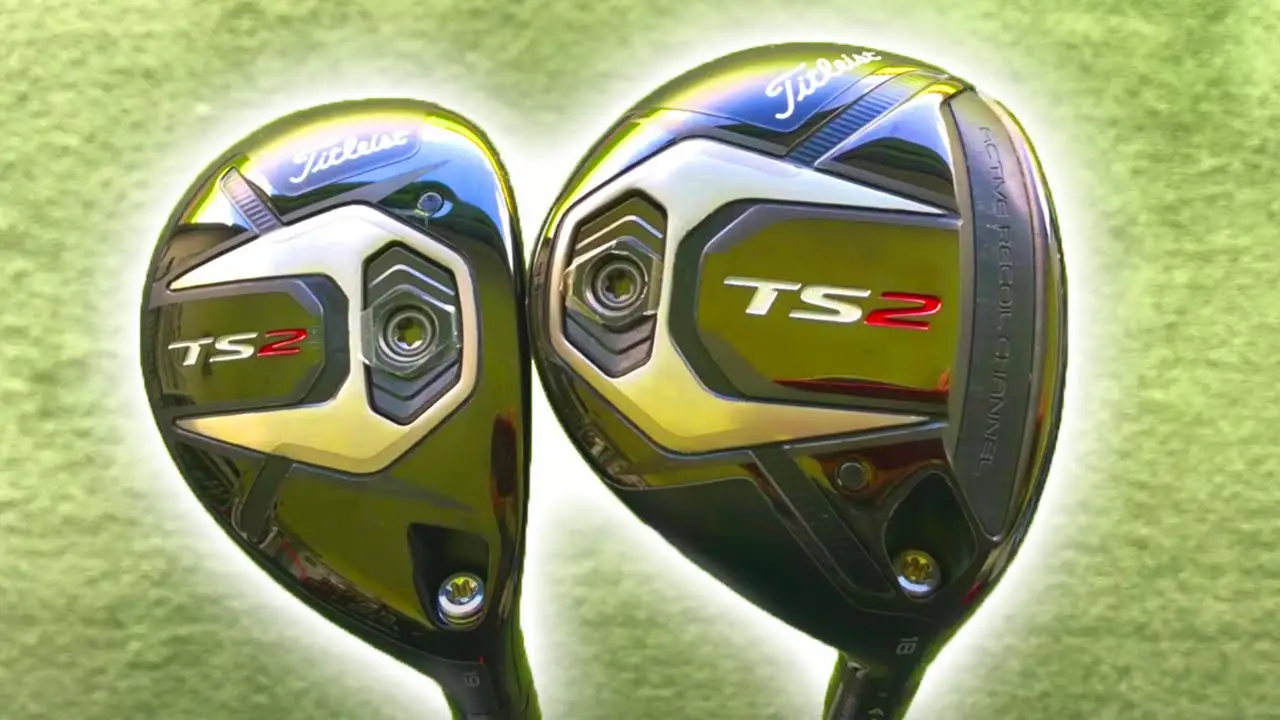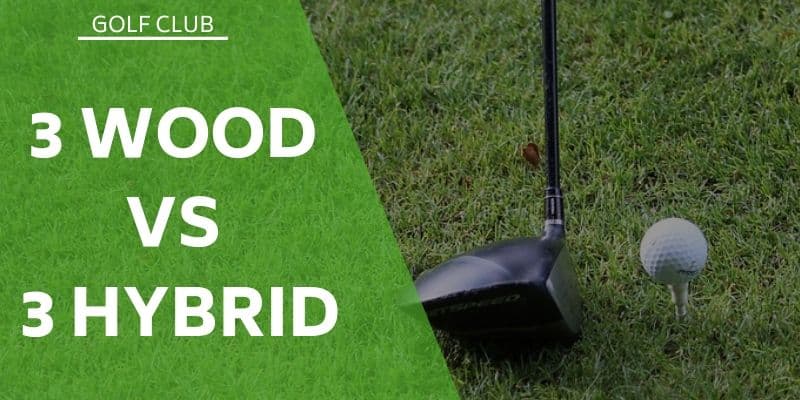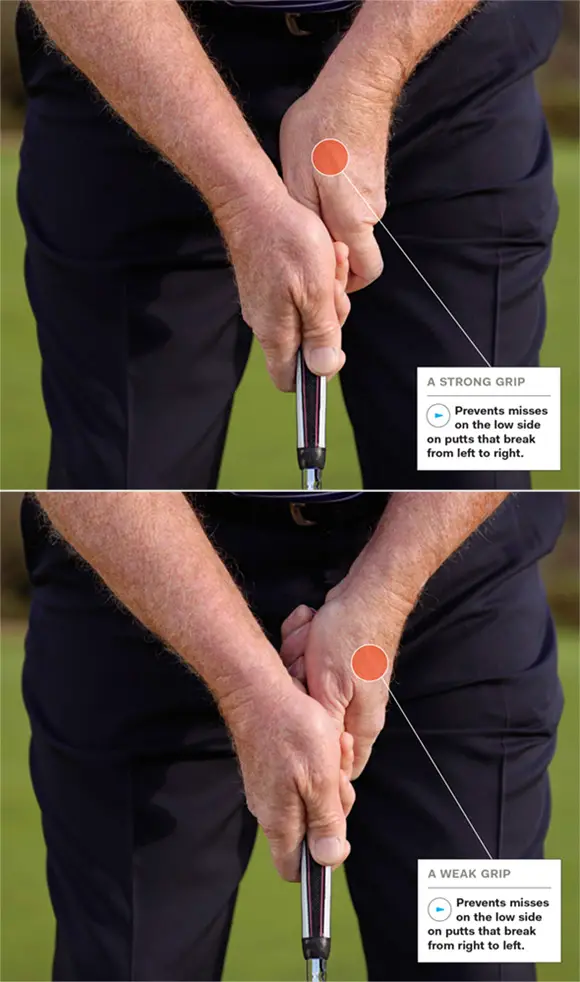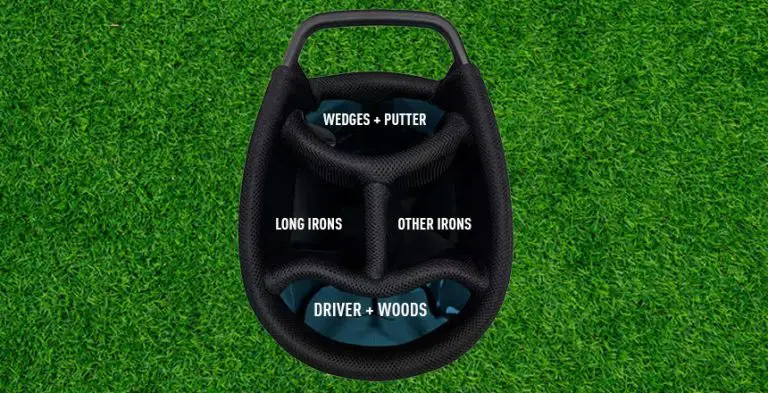3 Wood Vs 3 Hybrid

When it comes to golf clubs, choosing the right one can make all the difference in your game. Two clubs that are often debated and compared are the 3 Wood and the 3 Hybrid. While both clubs can be used for similar shots, they have distinct differences in their construction and performance that can impact your game.
The 3 Wood is a staple in many golfers’ bags and is known for its distance and accuracy on long shots, particularly off the tee. It has a larger clubhead and lower loft angle, allowing for a greater transfer of energy from the swing to the ball. The 3 Hybrid, on the other hand, is a newer addition to the golf club family and is known for its versatility and forgiveness on challenging lies. It has a smaller clubhead and higher loft angle, making it easier to hit shots out of the rough and other challenging conditions.
In this article, we will explore the differences between the 3 Wood and 3 Hybrid and help you determine which one is the best fit for your game. We will discuss their construction, design, and performance, as well as provide tips and techniques for using each club. Whether you are a beginner or an experienced golfer, understanding the strengths and weaknesses of these clubs can help you make informed decisions and improve your game on the course.

Construction and Design
The 3 Wood and 3 Hybrid have distinct differences in their construction and design that can affect their performance on the course. The 3 Wood typically has a larger clubhead with a longer shaft than the 3 Hybrid. The clubhead is typically made of metal, usually steel or titanium, and has a low center of gravity, which helps to launch the ball higher into the air. The 3 Wood also has a flatter face and lower loft angle, typically around 15-18 degrees.
On the other hand, the 3 Hybrid has a smaller clubhead with a shorter shaft than the 3 Wood. The clubhead is typically made of a combination of materials, such as steel, titanium, and graphite. The 3 Hybrid has a higher center of gravity and a more rounded clubface than the 3 Wood, which can help to launch the ball at a higher angle. The loft angle of the 3 Hybrid is typically between 18-22 degrees.
Differences in Performance
The differences in the construction and design of the 3 Wood and 3 Hybrid lead to differences in their performance on the course. The 3 Wood is known for its distance and accuracy on long shots, particularly off the tee. The larger clubhead and lower loft angle allow for a greater transfer of energy from the swing to the ball, resulting in more distance. The flatter face and lower center of gravity also help to keep the ball on a lower trajectory and reduce spin, resulting in more accuracy.
The 3 Hybrid, on the other hand, is known for its versatility and forgiveness. The smaller clubhead and higher loft angle make it easier to hit shots out of the rough and other challenging lies. The higher center of gravity and more rounded clubface help to launch the ball at a higher angle, resulting in a softer landing and more control on approach shots. The 3 Hybrid also has a shorter shaft than the 3 Wood, making it easier to control and hit with more accuracy.
Choosing the Right Club
When it comes to choosing between the 3 Wood and 3 Hybrid, there is no one-size-fits-all answer. The decision ultimately comes down to your individual playing style and the specific conditions of the course you are playing on. Here are a few things to consider when making your decision:
- Player skill level: The 3 Wood may be a better fit for more experienced golfers who can handle the larger clubhead and lower loft angle. The 3 Hybrid may be a better fit for beginners or those who struggle with longer shots.
- Course conditions: The type of course you are playing on can also influence your choice of club. If the course has narrow fairways and challenging rough, the 3 Hybrid may be a better fit for its versatility and forgiveness. If the course has wide open fairways and less challenging rough, the 3 Wood may be a better fit for its distance and accuracy.
- Personal preferences: Ultimately, the decision of which club to use comes down to personal preference. Try out both clubs and see which one feels more comfortable and natural to you.
Technique and Tips
Regardless of which club you choose, there are certain techniques and tips that can help you get the most out of your club. Here are some tips for using both the 3 Wood and 3 Hybrid:
3 Wood
- Set up: Position the ball towards the front of your stance and align your feet, hips, and shoulders parallel to the target line.
- Swing: Take a smooth and controlled swing, keeping your arms and wrists relaxed. Focus on making solid contact with the center of the clubface and following through towards your target.
3 Hybrid
- Set up: Position the ball slightly towards the back of your stance and align your feet, hips, and shoulders slightly open to the target line.
- Swing: Take a smooth and controlled swing, keeping your arms and wrists relaxed. Focus on making solid contact with the center of the clubface and swinging through towards your target.
Conclusion
In conclusion, both the 3 Wood and 3 Hybrid have their own unique strengths and weaknesses that can affect your performance on the course. The 3 Wood is known for its distance and accuracy on long shots, while the 3 Hybrid is known for its versatility and forgiveness on challenging lies. When choosing between these two clubs, consider your individual playing style and the specific conditions of the course you are playing on. With the right technique and practice, both the 3 Wood and 3 Hybrid can be valuable assets to your golf game.





